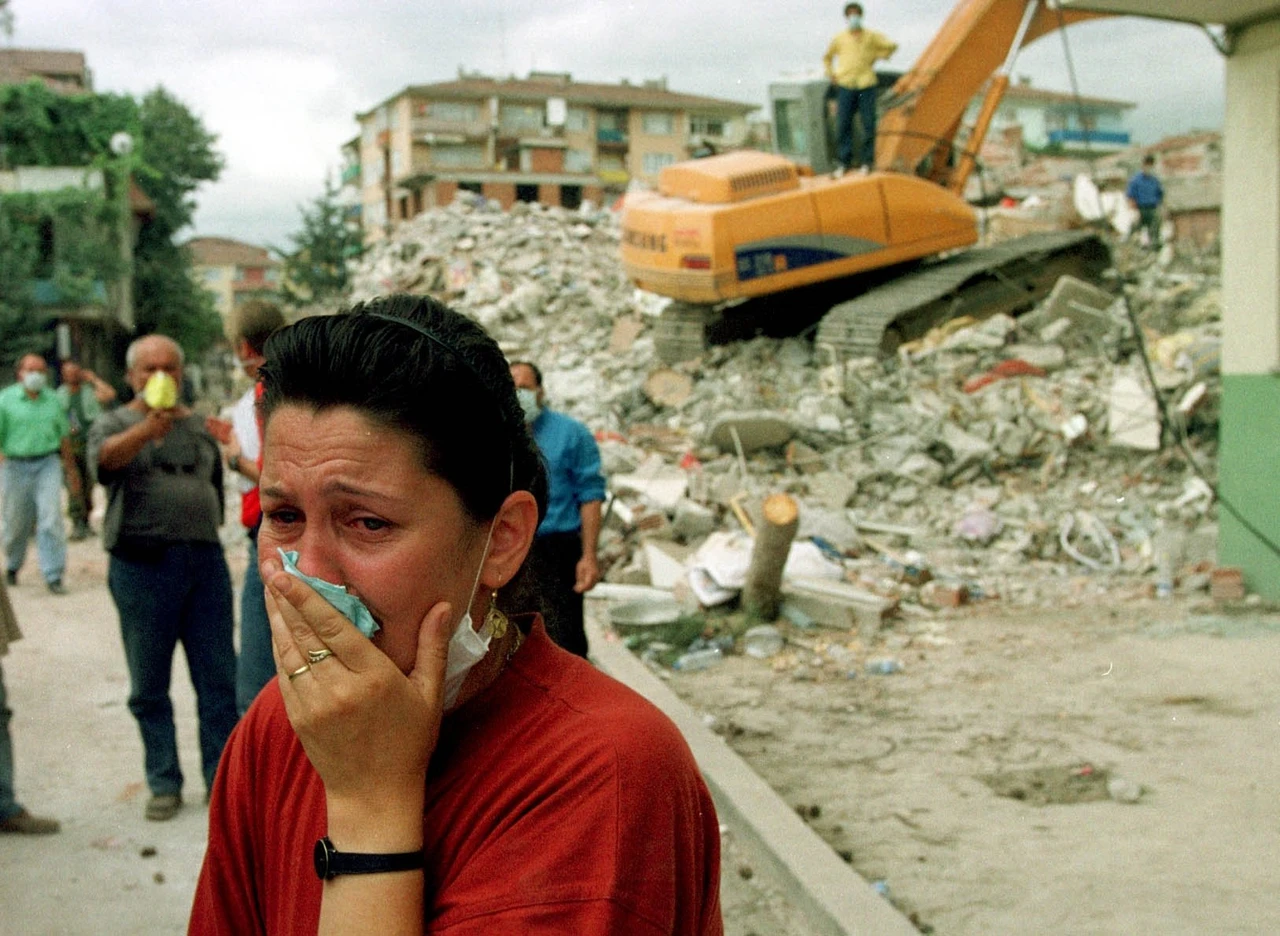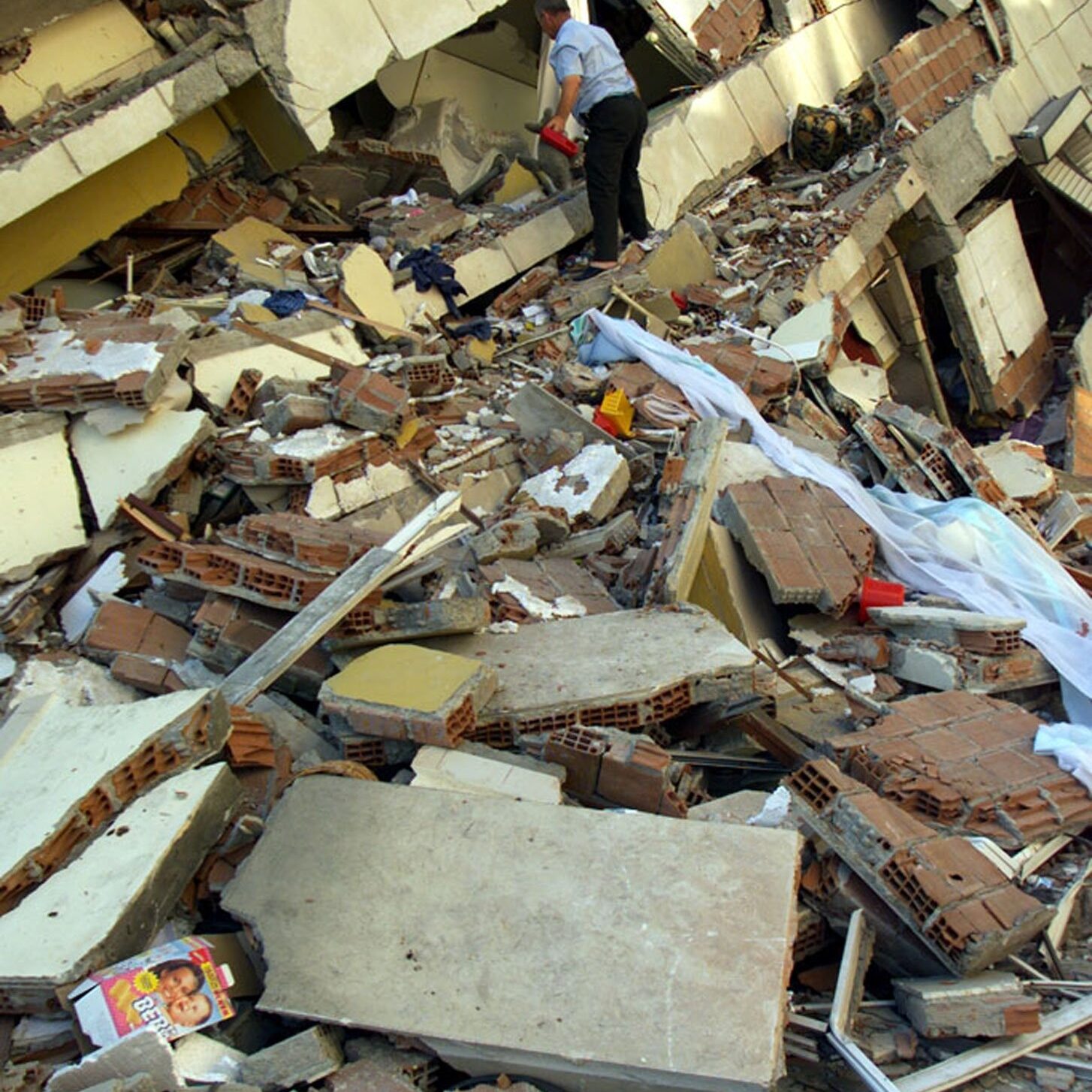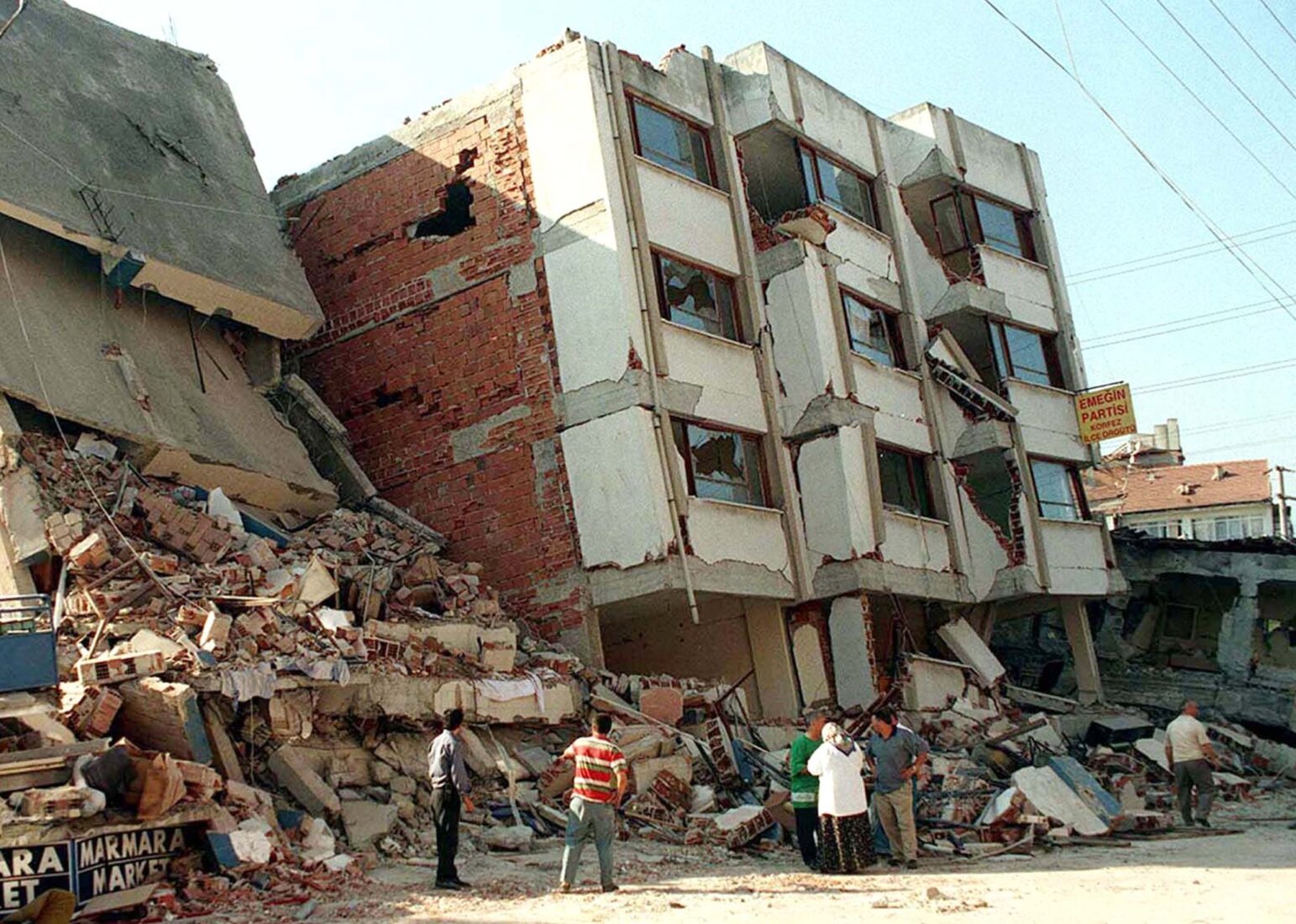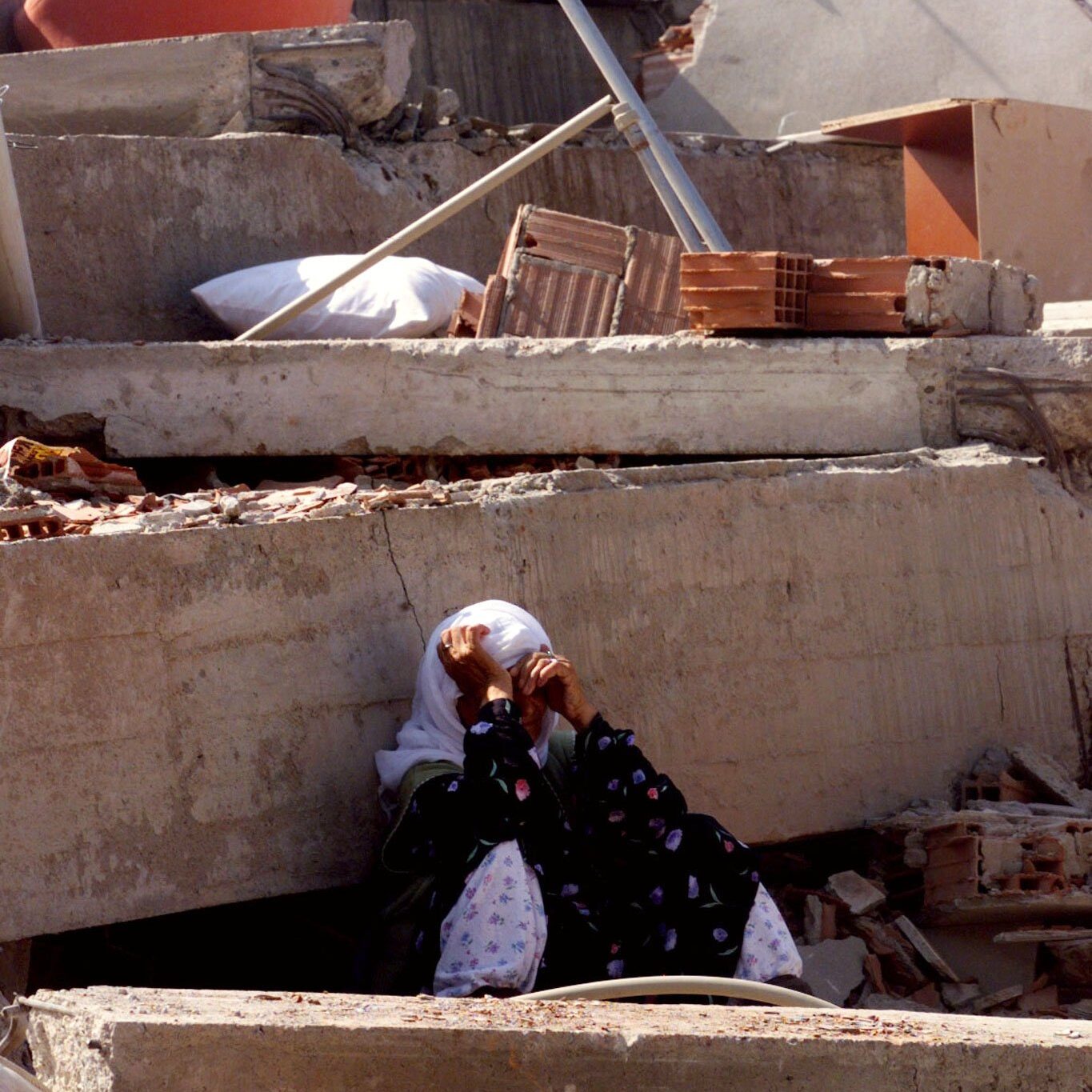Istanbul’s earthquake readiness under scrutiny as 1.3M homes at risk
 Semra Gürkan weeps as the remains of her 16-year-old brother are taken by rescue workers to an ambulance after being pulled out of the rubble in the Turkish town of Gölcük Monday Aug. 23, 1999. (AP Photo)
Semra Gürkan weeps as the remains of her 16-year-old brother are taken by rescue workers to an ambulance after being pulled out of the rubble in the Turkish town of Gölcük Monday Aug. 23, 1999. (AP Photo)
Istanbul, Türkiye’s largest metropolis, is facing a grim reality 25 years after the devastating Marmara Earthquake, which affected approximately 16 million people.
A recent Istanbul Planning Agency (IPA) report paints a concerning picture of the city’s preparedness, indicating that in the event of a 7.5 magnitude earthquake, 20% of Istanbul’s buildings could suffer severe damage.

What happened in the 1999 Marmara Earthquake?
- It has been 25 years since the Aug. 17, 1999, Marmara Earthquake, which struck the Golcuk district of Kocaeli and was termed the “disaster of the century.”
- The earthquake, occurring at 3:02 a.m. with a magnitude of 7.4 and lasting 45 seconds, devastated Kocaeli, Yalova, Sakarya, Istanbul and Duzce
- More than 18,000 people were killed when the notorious North Anatolian Fault Line cracked and triggered the deadliest disaster since 1939.
- A total of 365,000 buildings were damaged in the 1999 earthquake and more than 112,000 of them either collapsed or became uninhabitable because of heavy damage.

Istanbul’s earthquake readiness: grim reality
- Vulnerability: Dr. Bugra Gokce, head of IPA, reports that the city remains highly vulnerable, with nearly 20% of buildings predicted to suffer severe damage in the event of a 7.5-magnitude quake.
- At-risk homes: Out of 6.8 million homes in Istanbul, approximately 1.3 million are classified as at high risk, emphasizing the city’s ongoing vulnerability.
- Building age: Two-thirds of Istanbul’s buildings were constructed before 2000, with only a quarter of the homes that required transformation after the 1999 Marmara earthquake having been renovated.

Unfulfilled promises since 1999 Marmara Earthquake
The 1999 Marmara Earthquake was a turning point in Turkey’s disaster management strategies, prompting the introduction of new regulations and policies. However, the IPA report criticizes the implementation of these measures.
- Legislation: Following the Marmara earthquakes, the 4708 Building Inspection Law was enacted in 2001, establishing building inspection institutions. However, reports suggest these processes have remained largely theoretical, failing to translate into effective action.
- Urban transformation: The term “Urban Transformation Zone,” introduced after the 1999 earthquake, has often been exploited for economic gains rather than addressing seismic risks. The transformation of areas with high commercial value has taken precedence over the renewal of the most dangerous structures. Particularly after 2010, it led to the construction of luxury projects in areas once designated for public and military use.
- Tax utilization: Revenues generated from the 1999 earthquake taxes were not utilized effectively to enhance the country’s building stock. These funds could have financed the construction of 1.3 million new homes, each 96 m² in size, over two decades.

Looking forward: call for holistic action
- Comprehensive overhaul: The IPA emphasizes the need for a holistic approach to urban planning and disaster preparedness. Instead of profit-driven urban transformation, a public-oriented strategy should focus on renewing the most disadvantaged regions and at-risk buildings to ensure the safety of Istanbul’s residents.
- Detailed planning: The experience of the February 6 earthquakes serves as a stark reminder of the consequences of inadequate planning. With the expansion of “reserve areas” and the establishment of new institutions mirroring post-1999 trends, the IPA warns Istanbul might be on a similar path, risking further disaster.



